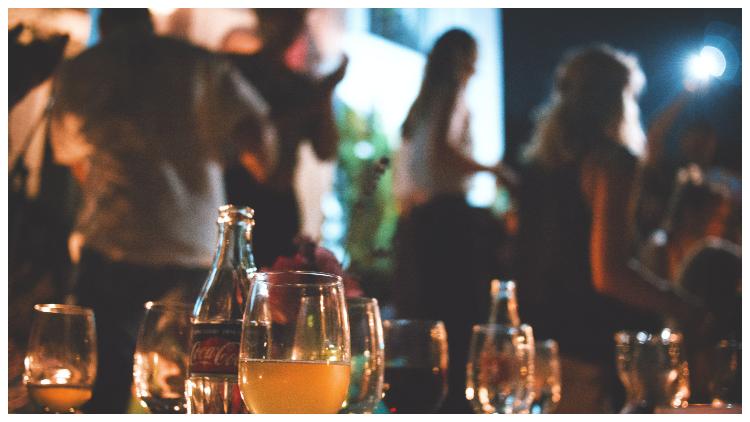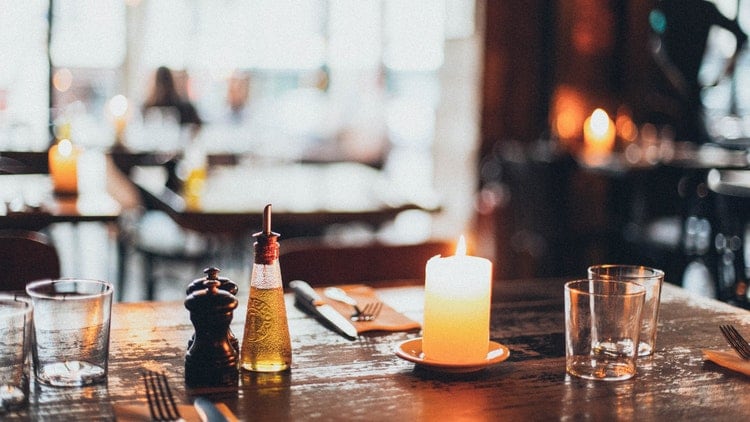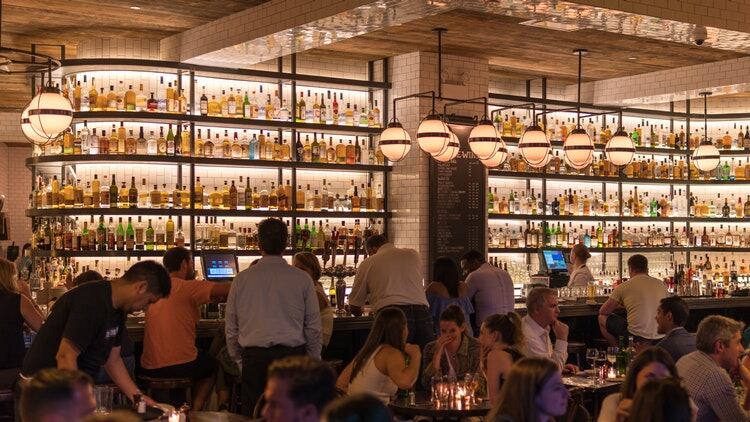According to Official Labour Market Statistics from the ONS/Nomis, there has been a net gain of 320 pubs in 2019, compared to the loss of 732 pubs per year, on average, since 2010, as reported by Stampede – a start-up offering digital growth services to the hospitality sector.
Despite challenges of rising alcohol taxes, changes to business rates and a new generation that doesn’t drink much, it seems the industry is making a comeback.
Time to celebrate
Stampede founder and CEO Patrick Clover said: “The pub trade has had very little to celebrate in the past decade, but I’m sure they’ll raise a glass to these new numbers.
“Pubs have a hugely important place in our society both socially as well as economically, being one of the UK’s biggest employers.”
Large pub groups are driving the most growth in the sector. The biggest increase comes from pub enterprises with a turnover of £500,000 to £1m, and the second biggest increase was in the £1m to £2m bracket.
Stampede concluded these statistics demonstrate the dominance of big pub chains and suggest that larger and more profitable pubs may be more resilient to negative market forces – such as rising business rates and alcohol duties – and are, therefore, less likely to shut down.
It may also be the case that there is more investment in larger properties with the potential to drive more revenue – while smaller venues stay shut once they close.
Why the rise?
Analysis from the British Beer & Pub Association (BBPA) and Marston’s showed beer sales volumes dropped to 3.6bn pints in 2019 compared to a peak of 5.7bn pints in January 2007.
In the same report, the BBPA noted a rise in craft and world beers, growing by 194,000 and 218,000 pints respectively, this year.
A possible conclusion suggested in Stampede’s report is that the sales of these premium beers may explain how pub numbers were able to grow in 2019. Likewise, it appears many pubs and bars are coping better with industry challenges.
More venues are now embracing innovation and new revenue streams with more pubs offering food, accommodation and a variety of weekday events to maximise profits.
Stampede also concluded more pubs are taking advantage of technology, data and marketing automation to better understand their customers and drinking habits.
This means being able to generate more revenue during traditionally quiet periods and changing their operations/business hours, based on how their customers behave.
Clover continued: “The reduction of pub numbers over the past decade has been heart-breaking, following devastating changes to business taxes and alcohol duties. But I hope these figures signpost a reversal of fortunes.”




